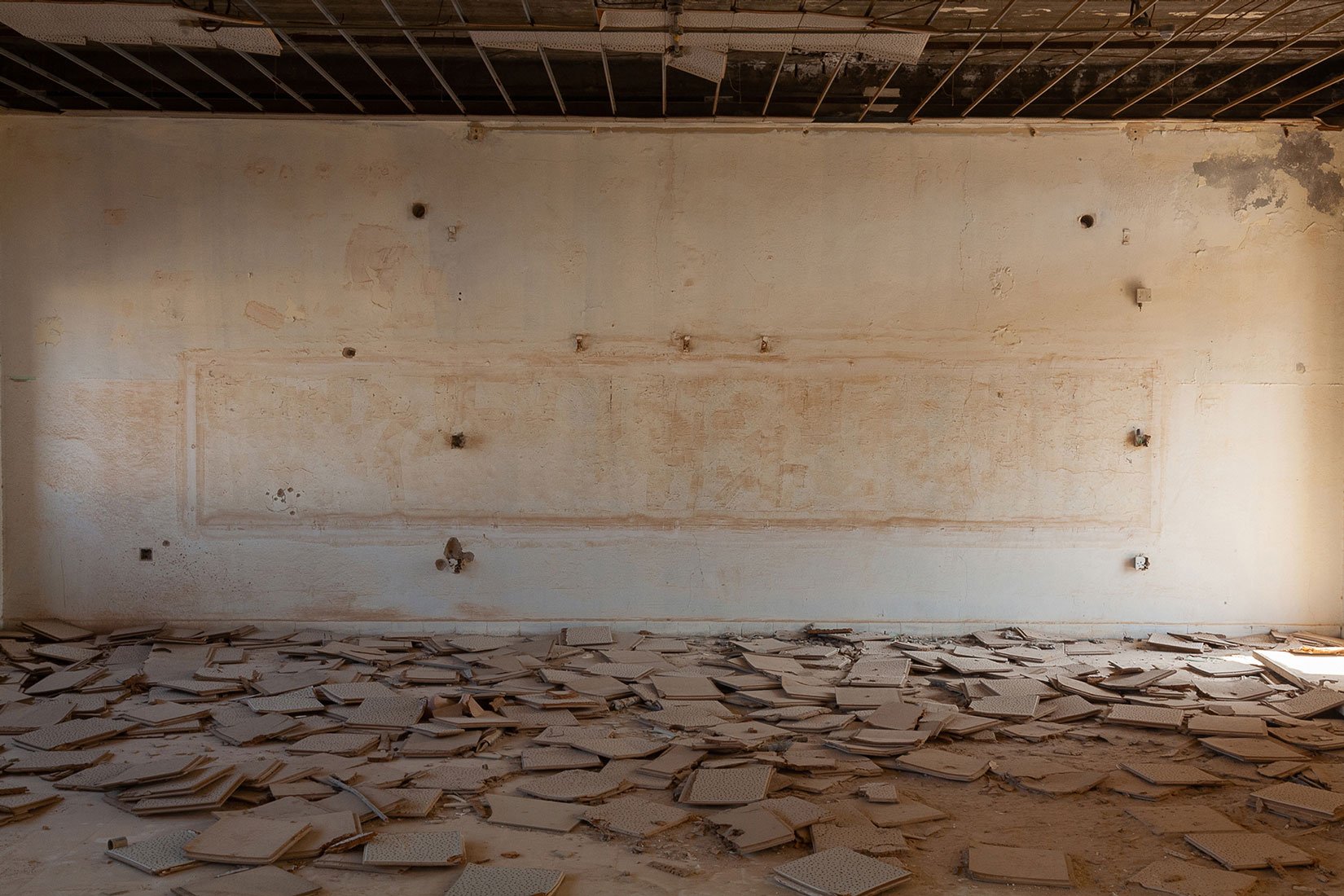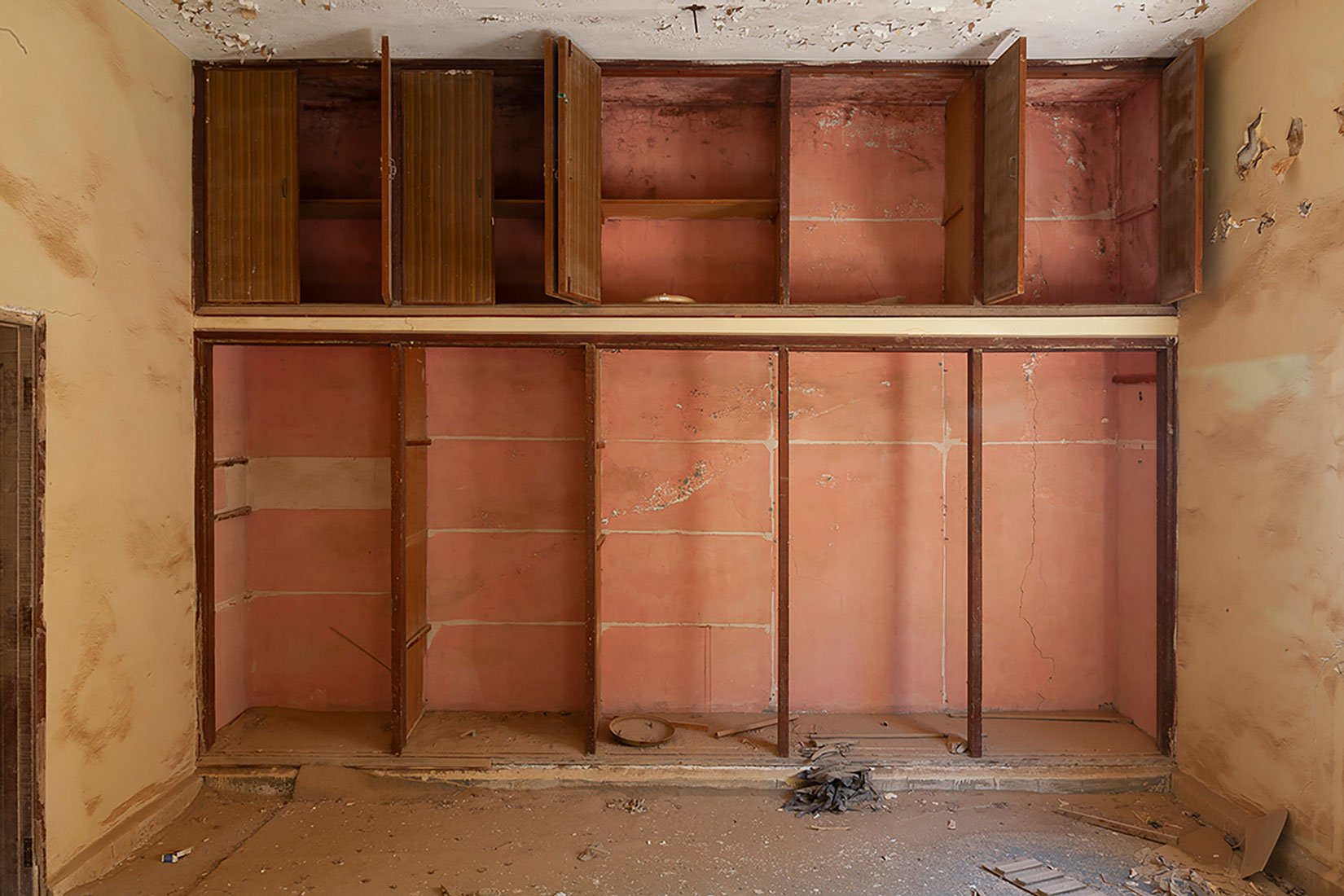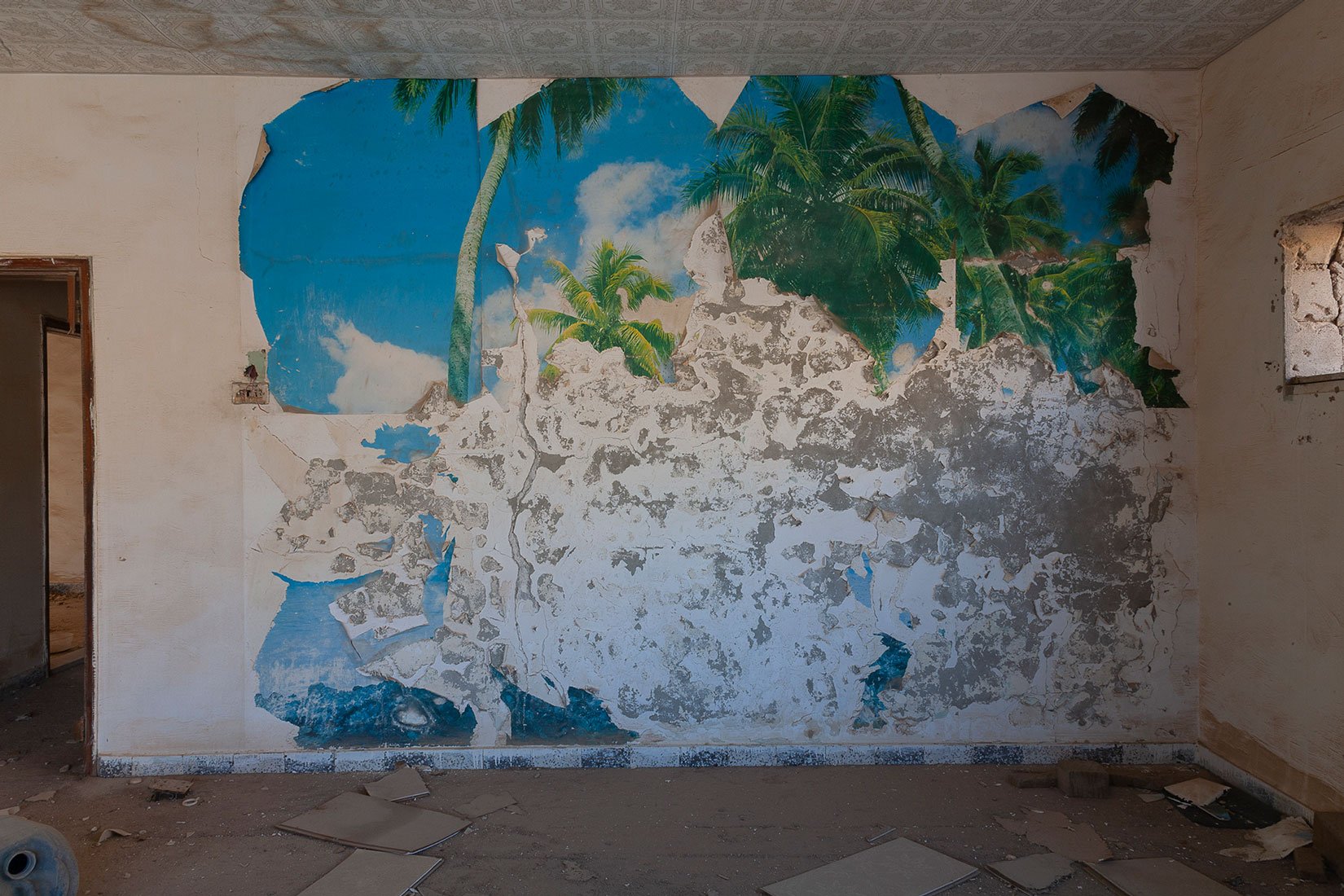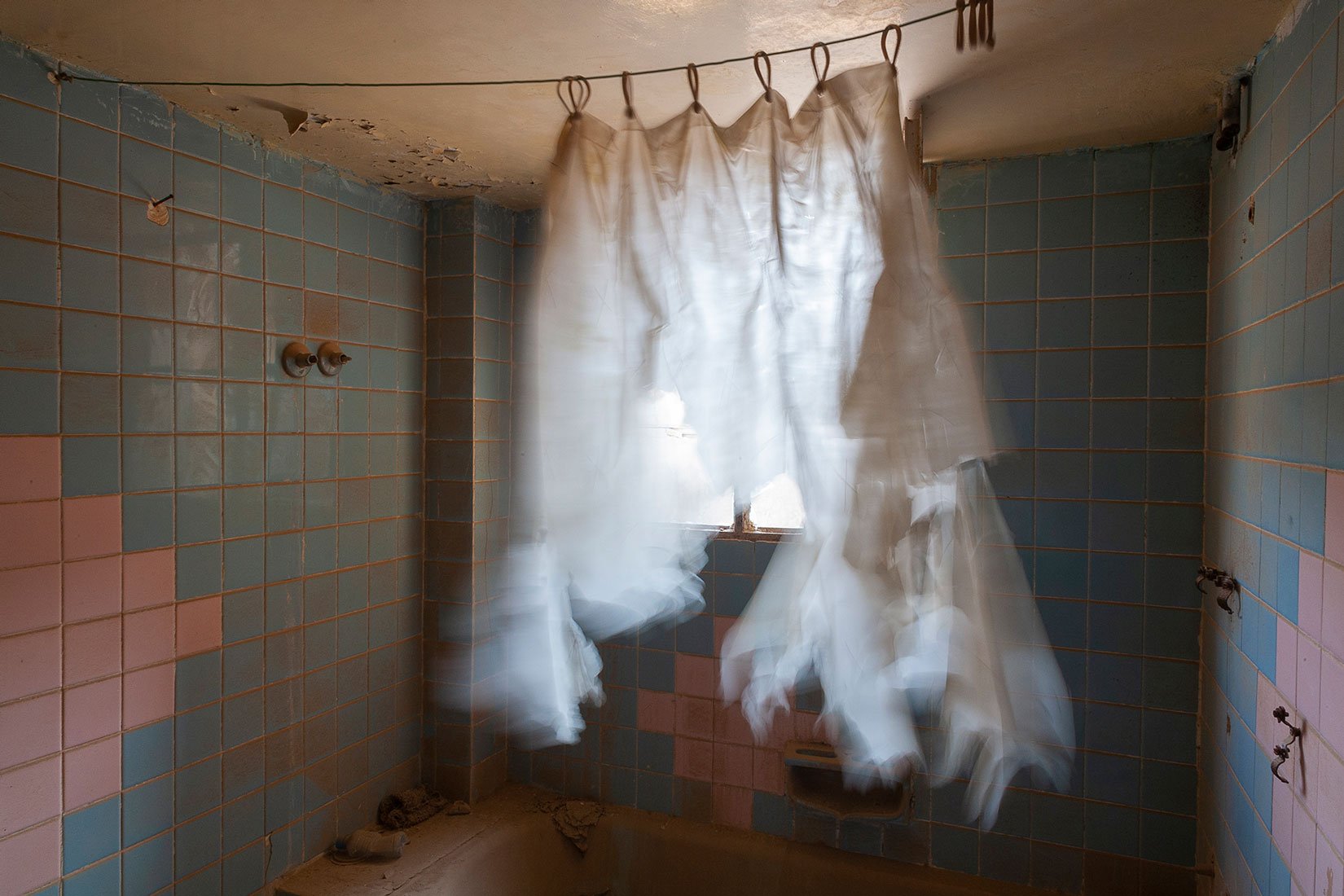Aindreas Philip Scholz





Pompeii II
Haunted as a child by the media coverage of The Gulf Wars (1990-1991), I continue to be enthralled by images of trauma. Drawn to and at the same time abhorred by these and other representations of horror, at a young age I also discovered the pull and the power of photography to make moments that are about to slip into oblivion ever-present, to fix or freeze them both physically as a 2d artefact and virtually in the mind of the spectator. Since 2017, and under military restrictions, I have been visiting the island of Failaka, located 20km off the coast of Kuwait in the Persian Gulf. Once a strategic Greek trading post within the empire of Alexander the Great, the ruins of Ikaros, an Ancient Greek settlement on the island, continue to be unearthed today. Like the mythological hero Ikaros who fell to his own death four thousand years later, Failaka fell victim to the Iraqi invasion. Now a depopulated island, like the modern-day Pompeii rained upon by volcanic ash in its glory days, Failaka lies bullet-ridden and abandoned. Ransacked, dust-laden and in ruins, I have documented its twentieth-century affluence in the relics of ornately tiled bathrooms and stuccoed ceilings, strips of plush wallpaper peeling like dead skin from crumbling walls. In the words of photographer and critic Victor Burgin, such places are in themselves, like photographic plates, ‘having received the imprint of an event that has irreversibly transformed it’. Like an archaeologist digging for fragments of the past, in Fait (1992), Sophie Ristelhueber’s forensic yet distant eye documents the physical aftermath of the Gulf Wars – the debris, the craters and tank tracks – the traces of military intervention. In part, Pompeii II is a response to her work, looking instead at the personal, social, and cultural costs of political conflict. Meandering with my mechanical eye through a labyrinth of endless corridors, rooms, and doors, I have captured what survived of these intimate, domestic dwelling spaces, physical relics that echo the devastating psychological aftermath of their destruction. In the words of Didi-Hubermann, ‘Every photograph is the trace of a previous state of the world, a vestige of how things were. The summation of every photograph ever taken, he adds, ‘is the ruin of the world’. In Pompeii II I seek to convey my own sense of paralysis in response to a traumatic human event but to contribute to the palimpsest of photographic images that make up our more recent history.
